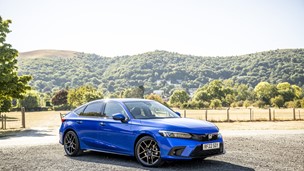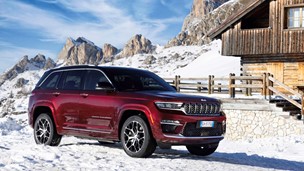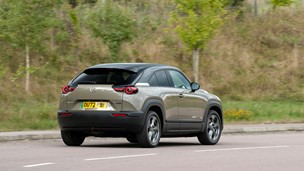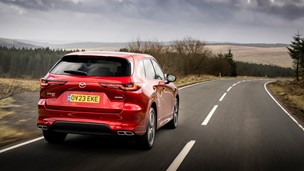The most obvious gap in the Kia range has been filled. The new Rio is outstandingly better in every single respect - as, in truth, it had to be - than the old one, and provides an acceptable bridge between the smaller Picanto and the larger Cerato. This in itself would be enough to recommend the car, but Kia has added to the Rio's attractiveness with a policy which sees the 1.4-litre petrol and 1.5-litre turbo diesel versions sharing the same list price.It's standard across the industry that diesel engines are more expensive to build than petrol ones. This applies as much to the Rio as to anything else, but Kia says it can get away with removing the customary premium thanks to economy of scale; this particular engine is going to be built in very large numbers and used in several other cars (including some Hyundais) over the next few years. More quietly, the point is also being made that customers may be able to buy petrol Rios from dealers at under the normal price, which they almost certainly won't be able to do with the diesels.The price equality takes away one of the few remaining reasons for avoiding diesel: the fact that owners can make up the difference only by driving enormous distances each year. With that sorted, it's difficult to see any serious case being made for the petrol Rio, not because there's anything wrong with it but because the diesel engine is so impressive.This is a strong unit, an improved Euro IV compliant version of the one in the Cerato and uprated to produce 108bhp. That's 13bhp more than the petrol, and it results in far better performance. The 0-62mph time of 11.5 seconds hints at the CRDi's potential (the 1.4 is 0.8 seconds slower), but does not fully prepare you for the mid-range spriteliness which can cause raised eyebrows among fellow motorists who were not expecting you to accelerate away from them quite so smartly. And this impressive straightline behaviour is backed up by potential fuel economy in the region of 60mpg. As the saying goes, what's not to like?Occasionally, the rest of the car seems to be working hard to keep up. The suspension isn't quite sharp enough to prevent the Rio wandering when it's being driven along country roads at speeds of which the engine makes it capable. Whether customers will want to push on to this extent is another matter, and in more gentle motoring the Rio feels well composed. Ride quality is good - rather than outstanding - for the class, and the same applies to ease of driving; there is nothing to complain about, and nothing to rejoice about either.Similarly, the styling is attractive without being adventurous, the visibility is generally good apart from the slight blind spot around the rear three-quarters (by no means as bad as in some recent designs), and the fact that the seats are not as supportive as they might be is balanced by the decent amount of room for passenger and - at up to 1145 litres if you fold and remove everything that can be folded or removed - for luggage.At some of the prices that are being charged, this undramatic competence is not so much a disappointment as a significant selling point. You can pay as little as £7995 for a Rio in entry-level GS trim. The extra £1000 you pay for upgrading to LX gets you 15" alloy wheels instead of 14" steel ones, various styling niceties both inside and out, and some important safety features in the form of side and curtain airbags and active front head restraints. There are worse reasons for spending £1000, and we're coming to one of them shortly.In all forms the Rio comes with ABS and EBD, as we've come to expect these days. The electronic stability program is another matter - it's available only if you specify the optional Dynamic package. In fact, it's by far the most significant part of the Dynamic list, which otherwise consists of a sunroof, a rear spoiler, a map reading light and an illuminated mirror in the driver's sun visor.You might think that some of these items should be available as options on their own, and I would hesitate to disagree. But there it is. If you want them, you have to go Dynamic, and that's going to add another £1000 to the price. Add in the extra cost of metallic/mica paint at £300, and the possibility arises that you might have to pay £10,295 for your Rio. At this point a wobbliness sets in - up to £9000 this car is quite a bargain, but anything close to or above five figures seems to be uncomfortable territory.The Rio is at its best when it's surprising you with the value for money it represents. And it does this most effectively if you go for the diesel and avoid paying for the extras. Engine 1493 cc, 4 cylinders Power 109 bhp @4000 rpm Torque 173.3 ib/ft @1900 rpm Transmission 5 speed manual Fuel/CO2 60.1 mpg / 121 g/km Acceleration 0-62mph: 11.5sec Top speed 110 mph Price From £9698.00 approx Release date 19/09/2005
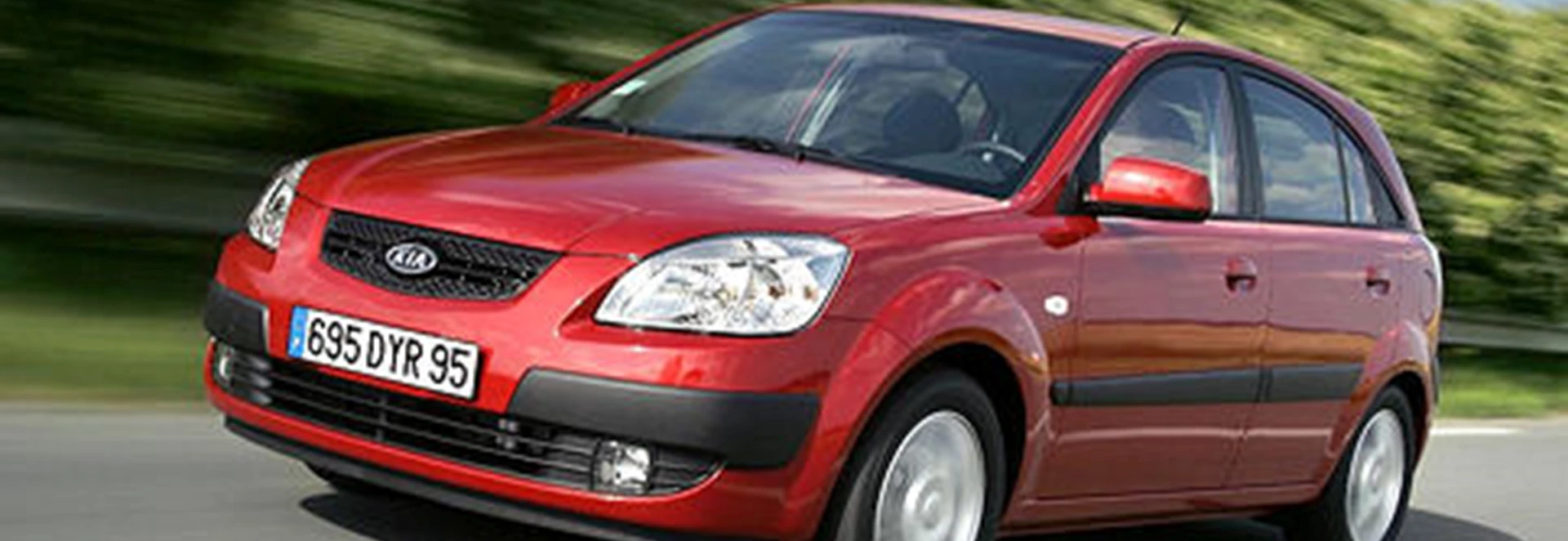
Our Rating
